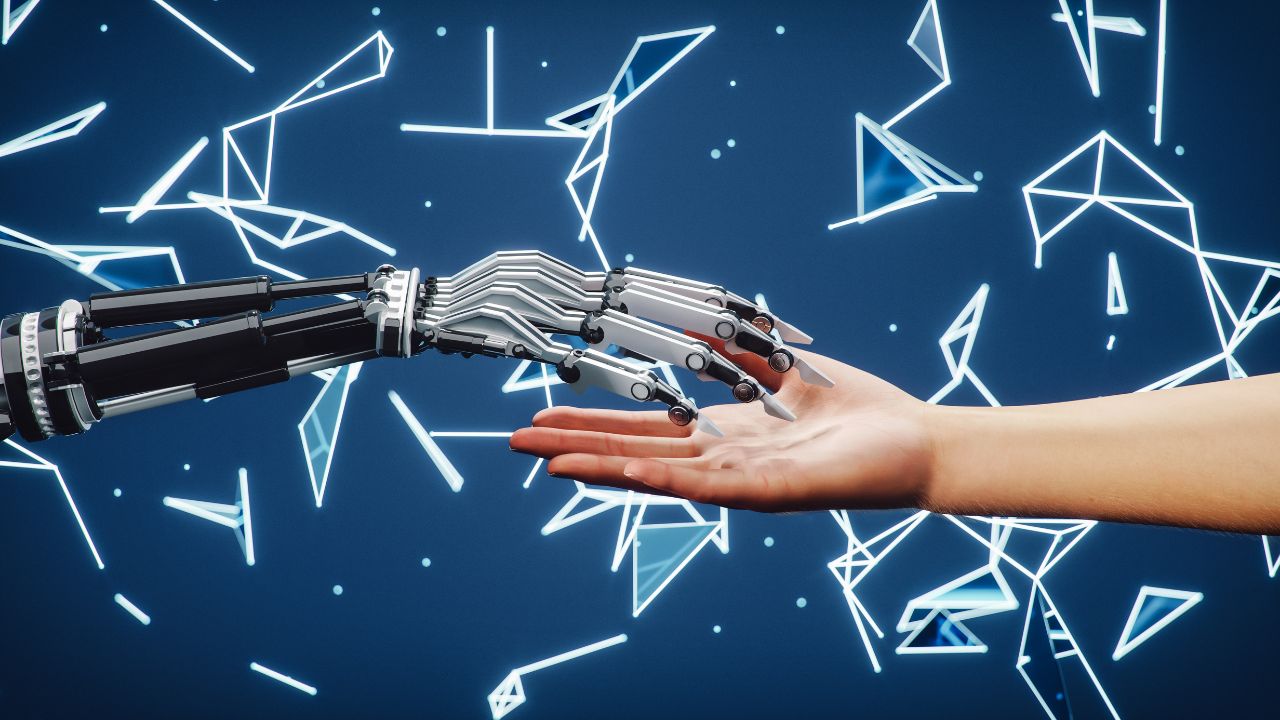Advanced Robotics and Human-Robot Interaction

Advanced robotics refers to the development of robots with greater capabilities and intelligence, beyond those of traditional industrial robots. These robots are designed to operate in complex environments, interact with human users, and perform a wider range of tasks.
Human-robot interaction (HRI) is the field of study focused on the design, implementation, and evaluation of human-robot systems. It involves the development of robots that can understand human cues, such as gestures and speech, and respond appropriately. HRI aims to create robots that are able to work seamlessly with humans, in areas such as healthcare, manufacturing, and service industries.
Advanced robotics and HRI are expected to play a significant role in shaping the future of work, by augmenting and supporting human workers, and by enabling new applications and services. The development of advanced robots and HRI systems is also likely to have a significant impact on society, by changing the way work is done, and by creating new opportunities for innovation and growth.
However, these developments also raise some challenges, such as the need to ensure the safety and ethics of human-robot interactions, the need to manage the deployment of robots in the workforce, and the need to address the potential impacts on employment and income. Addressing these challenges will be critical to realizing the full benefits of advanced robotics and HRI for society and the economy.
Specific Content Keywords : assistance robot,robotics engineering,robot photo,human-robot interaction in rehabilitation and assistance: a review,advanced robotics and automation,advantages of human robot interaction,advanced human robot,advanced robot,advanced humanoid,human-robot interaction applications,human–robot interaction,
advanced humanoid robot.


